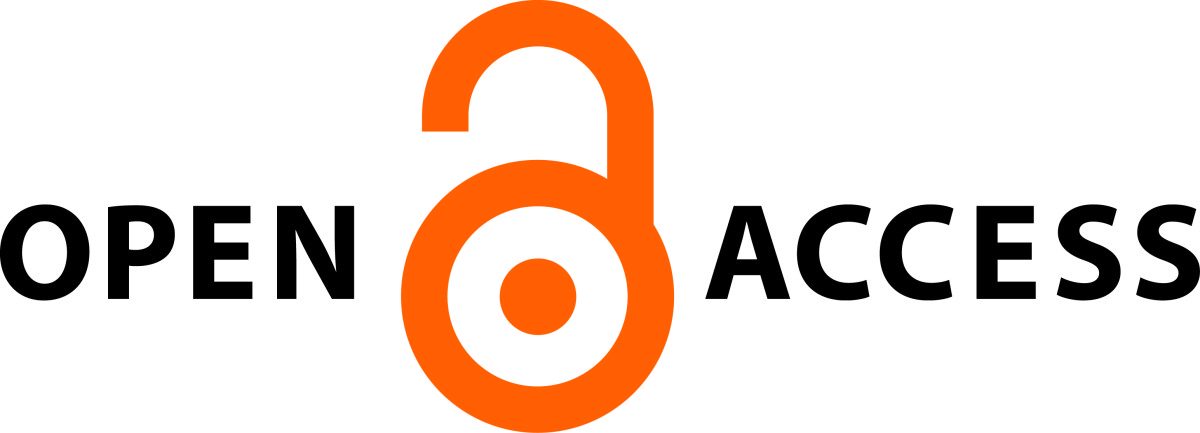“Digital technologies have created more than one kind of revolution. Let’s call this one the access revolution.” – Peter Suber*
Our celebration rolls on. But, in case you were wondering, we’re not celebrating alone! Open Access Week is an international event that for six years running has been promoting and advocating for Open Access in the academic community. The implications of Open Access are numerous and the potential beneficiaries span the globe. Our library, as well as many others, are using this week to call special attention to this phenomenon that will help shape research and scientific discourse in the years to come.
WHAT IS OA?
Without recounting the history of the Internet, or, for that matter, the history of scholarly communication, let’s just say it’s easier and cheaper now to share scholarly work to a worldwide audience than ever before. This new notion of access — virtually cost-free and not limited by distance — has transformed how we think about scholarly publishing.
The academic publishing landscape prior to the Internet depended on publishers to take on the costs associated with distributing scholars’ work. Publishers continued to serve this essential function even as work began to move online. However, improved online indexing and search capabilities as well as ever-increasing connectivity of users has provoked researchers as well as users to look for alternatives to the ever-increasing costs of proprietary online databases. Advocates of Open Access want to take advantage of these changes and share, with the consent of the author or copyright holder, literature that is digital, online, free of charge, and free of most licensing and copyright restrictions.
WHO IS OA?
The primary audience for Open Access is found at academic and research institutions, but not limited to the world’s elite institutions. In fact, the goal of OA is to level off the access disparities among institutions, which can result from the high cost of databases. The impact may be minimal on a researcher at, say, Harvard, who has access to the world’s top research through the university’s numerous English language databases (English being the lingua franca of scholarship today). However, her counterpart at Manouba University in Tunisia may benefit greatly from having access to the top class work of colleagues in a number of different countries (and languages) that might otherwise be behind a paywall. Overcoming these “access gaps” can have a positive impact on scholarship in places not privileged with excess grant money or state-of-the-art facilities. At the same time, those authors who choose to make their work freely available could expect greater visibility, retrievability, usage, and impact.
Article impact is key for faculty and researchers looking for promotion, tenure, additional grant funding, and the like. This is one attractive benefit of OA for authors. In addition to this, by diminishing the barriers to distribution, this access revolution has actually granted author’s a great deal more autonomy and authority over their own content. Peter Suber, one of the OA movement’s most prominent advocates, notes that those writing scholarly works are uniquely positioned to take advantage of our current technological moment. Why is that? Well, because scholars sort of write for free (Suber, 10). This is putting things simply, but when comparing authors writing novels (for example) and those writing for academic journals, it’s important to point out that compensation for publication happens directly for the former (through advances, sales, royalties, etc) and indirectly (through academic promotion, tenure, grants, etc) for the latter. Seldom are editors, reviewers, or authors paid for their work in producing a scholarly journal. Rather, their goal, alongside advancing their careers, is to spread information and helped facilitate the pursuit of knowledge. And yet, in spite of these lofty goals, scholars often do not have full control over their work; instead, rights are typically signed over to the publisher once an article has been accepted for publication. Sounds a little crazy, but at one time it may have seemed a sensible trade-off given that a) the author had little to no expectation of profiting from that work, and b) the author had little to no means of sharing that beyond a small circle of colleagues.
Times have changed, and, slowly but surely, the scholarly publishing landscape is changing with them. In the last few years, scholars and administrators at a number of institutions have taken up the charge of Open Access. In addition, certain funding agencies have mandated that any research produced using their funds must be made openly available. Some journal publishers are even responding to these initiatives and are attempting to be more transparent about the rights authors have to their own work. How much OA will help shape traditional publishers’ models or how much these publishers will fight back against OA policies and mandates remains to be seen.
Below are a few key resources to know about if you would like more information about Open Access. And don’t forget to stop by the library, grab a button, and join the crusade!
Open Access Week: For additional information about Open Access Week, visit the event’s homepage to see what other institutions are doing to celebrate.
SPARC: SPARC is coalition of research and academic libraries whose aim is “to create a more open system of scholarly communication.” Consisting of many initiatives, SPARC is one of the most important advocate organizations for Open Access. SPARC’s “How Open Is It?” guide outlines the core components of Open Access.
DOAJ: The Directory of Open Access Journals is a comprehensive lists of all open access journals that meet the Budapest Open Access Initiative’s standards of quality. Thousands of journals, from numerous countries and covering every imaginable discipline, can be found here for free.
Sherpa/ROMEO: An excellent resource for publisher’s policies on copyright and author agreements. Lays out the different ways in which in which (pre-prints, post-print, embargoed or not) authors may archive their work from one journal to the next.
*Suber, Peter. Open Access. Cambridge, MA: MIT, 2012.



